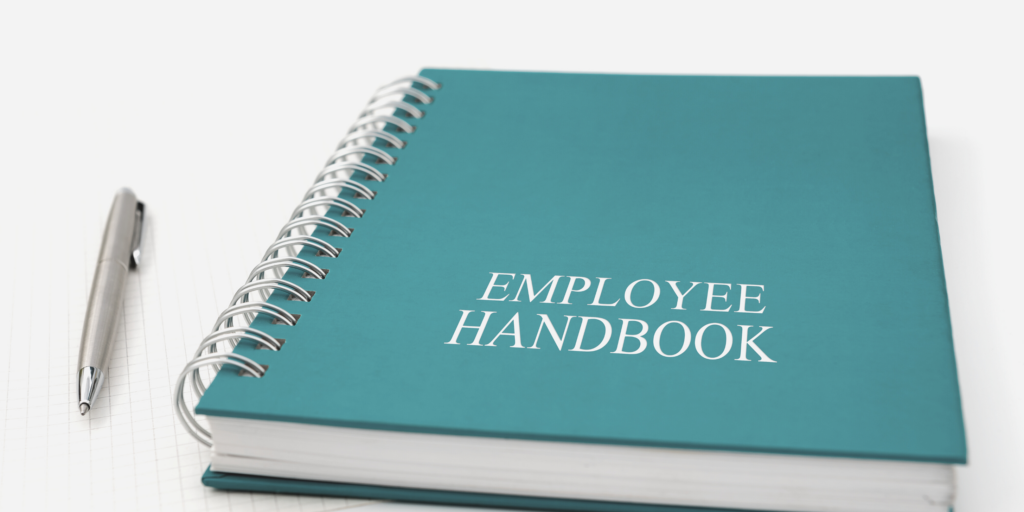In a recent development, the National Labor Relations Board (NLRB), commonly known as the Board, has issued a groundbreaking ruling that is poised to reshape the landscape of workplace policies.
The NLRB’s latest decision in Stericycle, Inc. marks a significant shift in how workplace rules are evaluated, placing a stronger emphasis on safeguarding employee rights under Section 7 of the National Labor Relations Act (NLRA). Section 7 protects workers’ rights to organize and participate in collective, protected activities, and it applies to all private-sector employers, whether or not they are unionized.
The Previous Standard for Evaluating Workplace Rules
Under the former standard, as established in The Boeing Company, workplace rules were assessed using a balancing test. This test took into consideration both the rule’s impact on employees’ Section 7 rights and the employer’s rationale for implementing it. Workplace rules were broadly categorized into three groups:
- Policies generally deemed lawful, such as investigative-confidentiality rules, non-disparagement rules, and rules prohibiting outside employment
- Policies subject to individualized scrutiny
- Policies generally deemed unlawful
This approach was generally favorable to employers. Before the Boeing standard, workplace rules were examined on a case-by-case basis, with limited consideration given to employers’ interests.
Understanding the New Standard
Under the new standard, the NLRB has reversed its approach and will once again assess workplace rules on a case-by-case basis. The Board will evaluate the legality of a workplace rule from the perspective of an employee who is subject to the policy, economically dependent on the employer, and considering engaging in protected concerted activity.
If a workplace rule is found to infringe upon, or chill, employees’ Section 7 rights, an employer can challenge this presumption by demonstrating that the rule serves a legitimate and substantial business interest and that there’s no less restrictive alternative available. However, proving this may be challenging.
If unsuccessful, the employer must rectify the unlawful policy by removing, redacting or replacing it and notifying employees of the violation while providing information as required by the Act. Additionally, terminating an employee under rules deemed unlawful by the NLRB may result in reinstatement and back pay.
Policies Under Scrutiny
The NLRB’s decision casts a wide net over various workplace policies. Some of the policies especially subject to scrutiny include those that limit employee speech and actions, such as:
Communication and Social Media
- Employee use of social media
- Criticism of the employer and company management
- Contact with the media and government agencies
- Use of cell phones, cameras, and recording devices in the workplace
Confidentiality and Disclosure
- Promoting civility in the workplace
- Employee disciplinary rules
- Personal conduct, especially policies requiring workplace cooperation
- Non-disparagement
- Conflict of Interest
- Mandatory confidentiality during investigations
Workplace Conduct
- Solicitation and distribution in the workplace
- Use of company communication devices
- Appearance/dress code
- Open-door/internal complaint procedures
- No outside employment
- Audio and video recordings at work
Employers should remain vigilant in the face of these changes and should review and, if necessary, revise policies that may be at risk in order to align with the NLRB ruling.
For assistance in reviewing your workplace rules and policies, don’t hesitate to reach out to the XpanseHR team today. Staying informed and ensuring compliance with labor laws is crucial in today’s ever-evolving workplace landscape.



